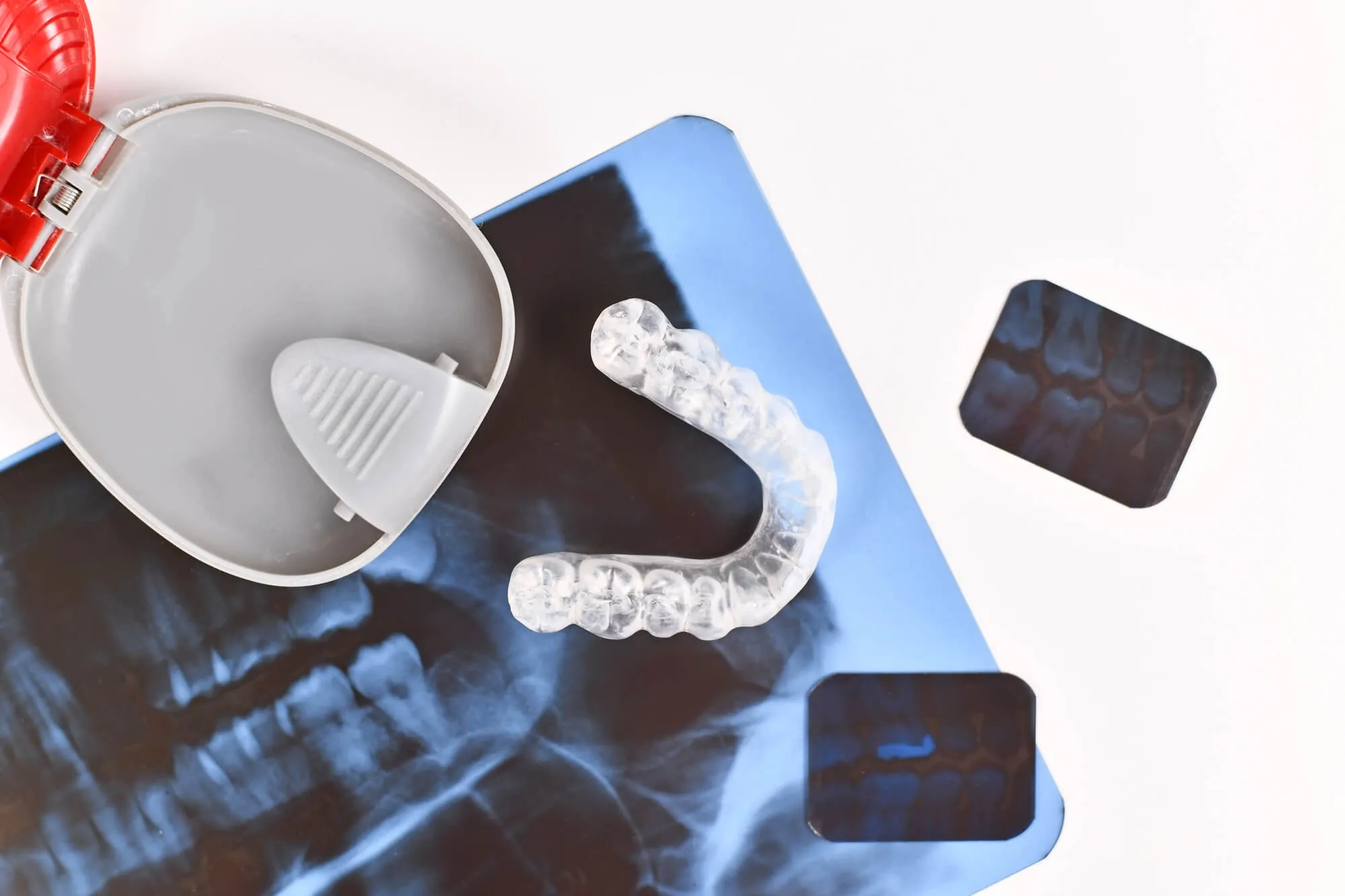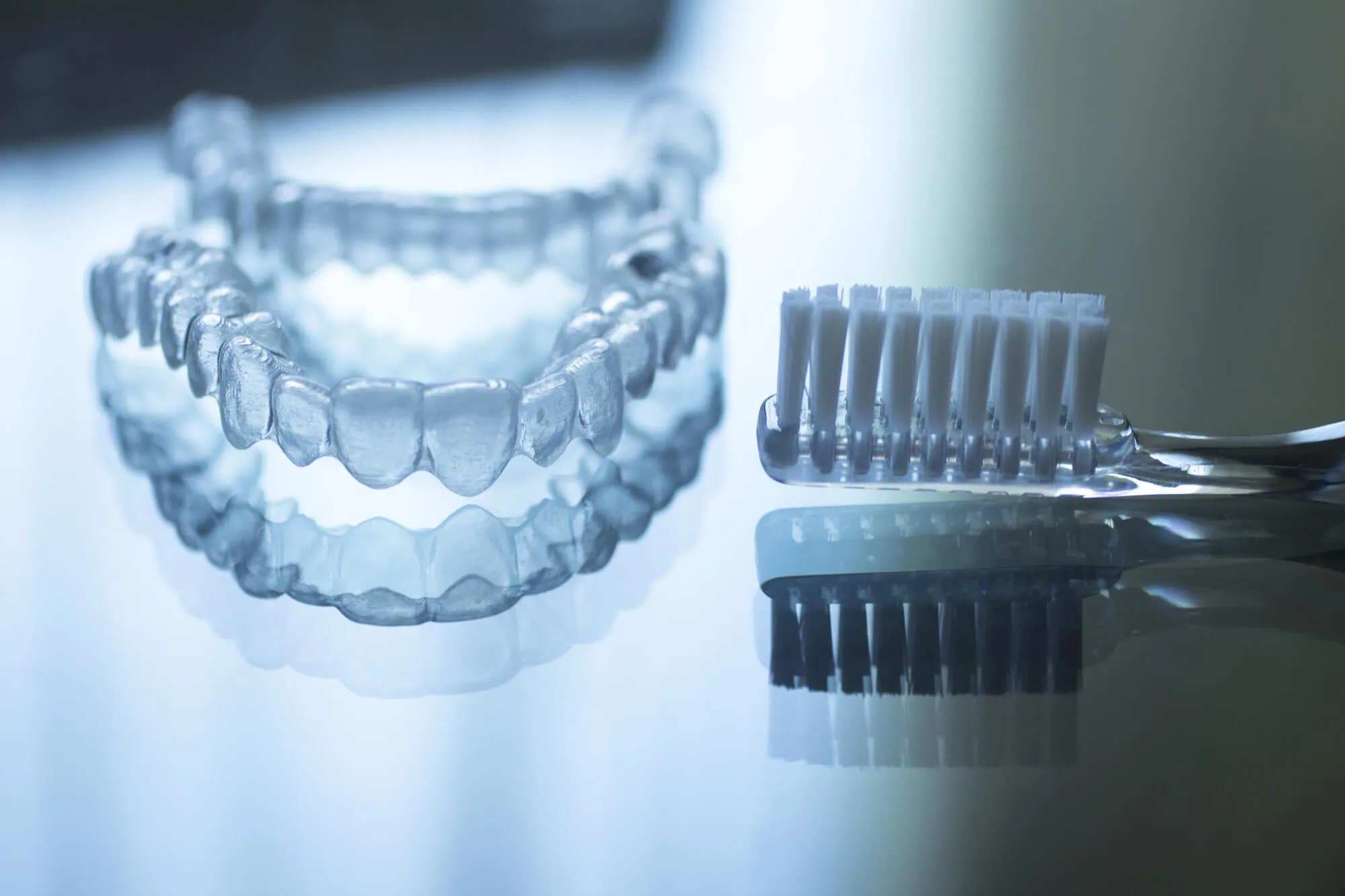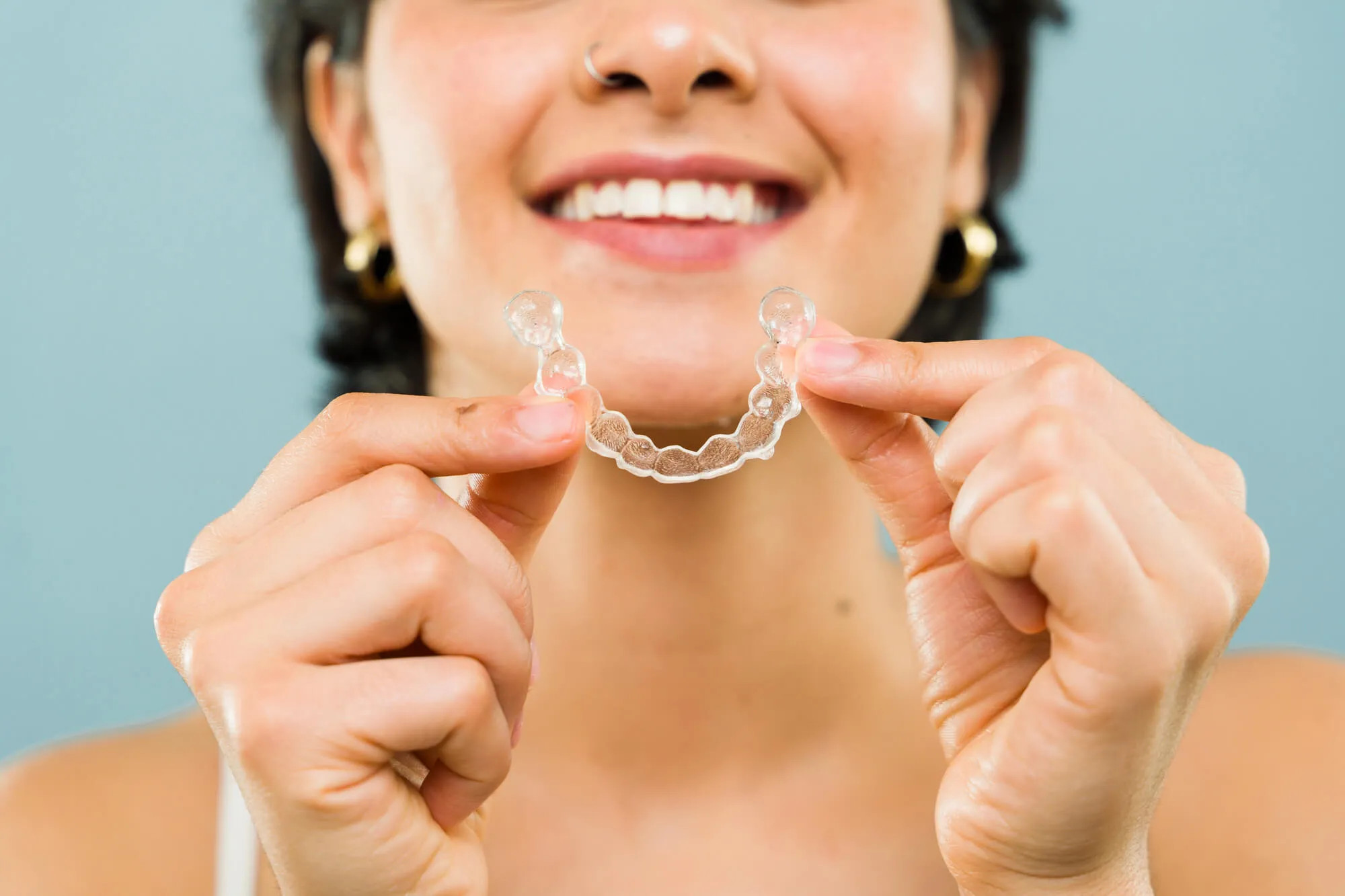
Getting a straighter smile sounds exciting until you start wondering how long it’ll actually take. If you’ve been researching clear aligners, you’re probably asking, “Will it take months or years?” or “What if I’m not wearing them perfectly?” These are smart questions. With Angel Aligners™ in Birmingham, your timeline can stay efficient and predictable as long as you follow the right steps. Below, you’ll learn the factors affecting your clear aligner treatment and how to stay on track.

How Long Does Clear Aligner Treatment Typically Take?
Clear aligners are custom-made to move your teeth in small, controlled steps. On average, most patients finish treatment in 6 to 18 months. That’s a wide range, but it’s not random.
Treatment length depends on:
- How complex your bite or alignment issues are
- Your age and how quickly your teeth respond
- Whether you’ve had orthodontic treatment before
- Your consistency in wearing the aligners as prescribed
Some patients only need minor spacing or a slight shift, which could wrap up in under a year. Others may need a full bite correction, which naturally takes longer. What’s important is that every aligner in your set has a specific purpose, and skipping steps or wearing them incorrectly can cause delays.
How Much Time Per Day Do You Need to Wear Clear Aligners?
This one’s simple: 22 hours per day. Every day.
To work as designed, your aligners need to stay on your teeth most of the time—only removing them to eat, drink anything besides water, and brush. The moment you start wearing them fewer hours per day, your teeth lose momentum. That can cause discomfort when switching to the next set and may even require extra aligners to course-correct.
Helpful tips:
- Keep a travel case with you so you don’t misplace them
- Set reminders after meals to put them back in
- Keep track with an app if you need help staying accountable
It’s okay to take them out for special occasions once in a while. But if that becomes a habit, you may need extra weeks or months added to your plan.
What Orthodontic Issues Are Being Corrected?
Not all orthodontic concerns take the same time to fix. Aligners can treat mild to moderate crowding, spacing, and bite issues, but some cases move faster than others.
Here’s how different issues affect your treatment timeline:
- Mild spacing or crowding: Often finished in 6–9 months
- Moderate crowding or rotations: Around 12–15 months
- Overbites or underbites: Usually closer to 18–24 months
- Severe bite issues: May require attachments or refinements that extend treatment
If you’ve had braces in the past and your teeth have shifted slightly, aligners can be a quick fix. First-timers with complex corrections will likely take a bit longer but the results are worth it.
What Can Slow Down Clear Aligner Treatment?
Even with a great plan, a few things can get in the way and slow your progress.
Common delays include:
- Not wearing aligners consistently
- Losing or breaking trays
- Skipping follow-up appointments
- Not changing aligners on schedule
- Poor oral hygiene causing gum issues or cavities
Let’s say you were supposed to change trays every 7 days, but you stretched it to 10. Multiply that across your treatment, and you're adding months. The good news? These delays are avoidable with a little discipline and routine check-ins.
Do Age and Biology Matter?
Yes. Age does affect treatment speed, but not always in the way you might think.
- Teens and younger adults usually have faster results because their bones are still developing and respond more quickly.
- Adults may take a bit longer, especially if there are existing dental restorations or bone density issues, but that doesn’t mean treatment isn’t effective.
No matter your age, clear aligners like Angel Aligners™ are designed for precision. As long as your mouth is healthy and you're consistent, age alone won’t stand in your way.
How Often Do You Change Aligners?
Most patients switch to a new set every 7 to 10 days. Your orthodontist will determine the exact pace based on how your teeth are moving. Some trays require more time to complete certain movements.
Speeding through aligners without guidance is risky—it can strain the roots of your teeth or cause instability. Always follow your orthodontist’s directions and never jump ahead without approval.
Do Attachments or Elastics Add Time?
Not always. Attachments (small tooth-colored shapes bonded to your teeth) and rubber bands are sometimes part of your aligner plan. While they may seem like “extras,” they often help teeth move more efficiently.
So while you might wear them longer each day or need a few more check-ins, they can actually help shorten the overall timeline by improving how effectively each aligner works.

Can You Speed Things Up?
The fastest way to finish clear aligner treatment is to follow instructions exactly. That means:
- Changing trays as directed
- Staying ahead of hygiene issues
- Reporting problems right away
Some devices on the market claim to accelerate treatment using vibration or light. Ask your orthodontist whether those are safe or necessary for your case.
But remember, slow and steady often delivers better, more stable results. A few extra months now can prevent relapse or retreatment later.
What Happens After You’re Done?
Once treatment is complete, you’ll receive a custom retainer to hold your teeth in their new positions. Retainers are a must for maintaining your new smile. You may start by wearing them full-time, then transition to nights only.
Skipping retainers after aligner treatment is the fastest way to undo all your progress. So wear them as instructed, your future self will thank you.

Thinking About Angel Aligners™ in Birmingham? Let’s Talk Timelines.
Every smile is different, so your treatment time should match your unique needs and goals. At Dyer Orthodontics, we help you understand what to expect before you even start. If you're considering Angel Aligners™, book a consultation, and let’s build a plan that works for you. We’re here to answer your questions, adjust as needed, and support you from start to finish with clarity and care.
